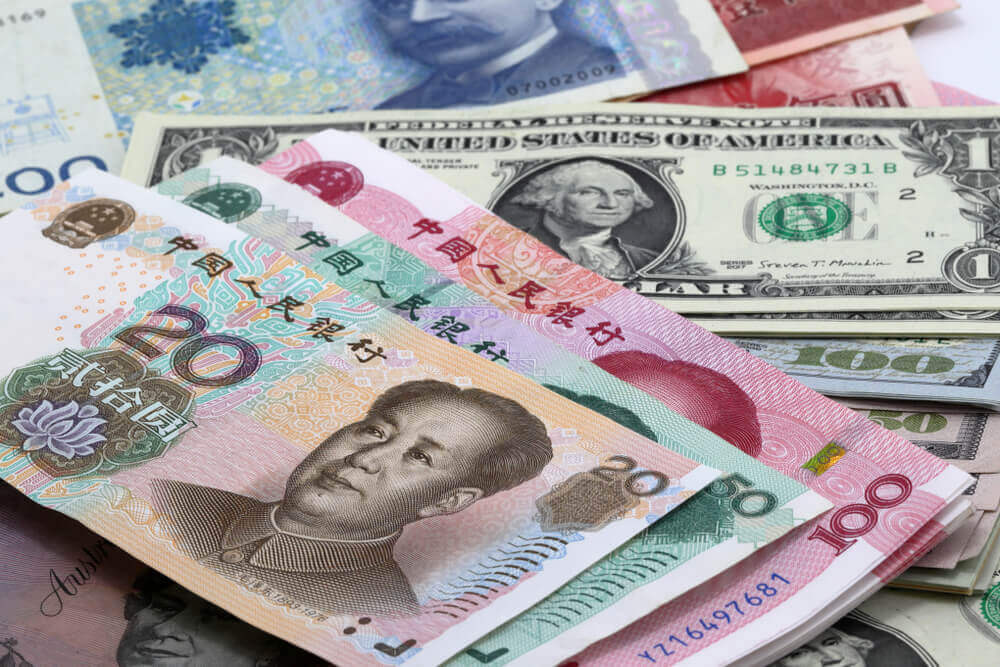
China’s yuan touches the two-week low
On Monday, China’s yuan fell to a near two-week low against the dollar as investor sentiment soured amid renewed concerns about economic disruption from COVID-19, following Shanghai’s implementation of new lockdown measures.
As it scrambled to combat a surge of local infections, the Chinese financial hub of 26 million people launched a planned two-stage lockdown, closing bridges and tunnels and limiting highway traffic.
Onshore (CNY=CFXS) and offshore (CNH=D3) yuan fell to their lowest levels since March 15, with many currency traders eyeing the psychologically important level of 6.4 as the next target.
The People’s Bank of China (PBOC) set the midpoint rate (CNY=PBOC) before the market opened at 6.3732 per dollar, seven basis points higher than the previous fix of 6.3739 but 13 basis points lower than Reuters’ estimate of 6.3719.
By midday, the onshore yuan (CNY=CFXS) was trading at 6.3748, 85 pips lower than the previous late session close, while the offshore yuan (CNY=CFXS) was trading at 6.3906.
Currency weakness occurred as major economies, including the United States, prepared to tighten monetary policy, undermining China’s yield advantage and raising the risk of capital outflow.
The global dollar index (DXY) rose to 99.132 by midday, up from 98.789 at the previous close.
The dollar index rose to its highest level in more than a week, making gold more expensive for holders of other currencies.
The dollar has benefited from its status as a haven, and the conflict in Ukraine has increased expectations that the Federal Reserve of the United States will raise interest rates.
Yields on the US 10-year Treasury note firmed near multi-year highs, aided by expectations of monetary tightening by the US Federal Reserve, raising the opportunity cost of holding zero-yield bullion.
Last week, the Fed raised borrowing costs for the first time in three years, and traders are pricing in a 50-basis-point rate hike during the May policy meeting.


